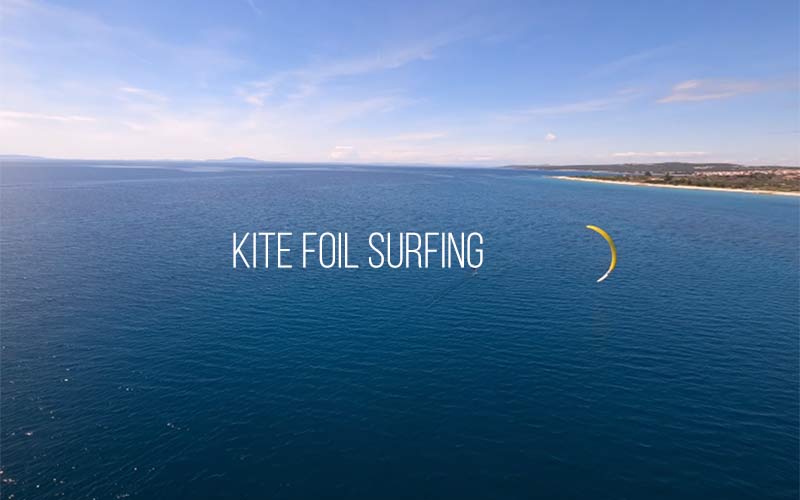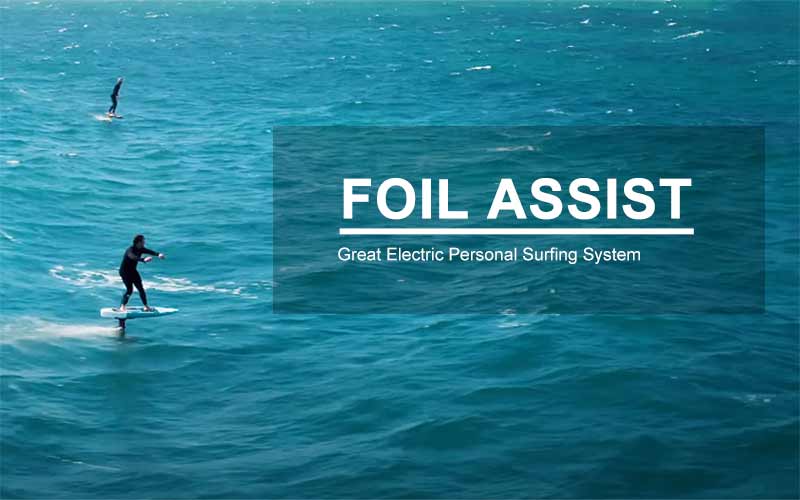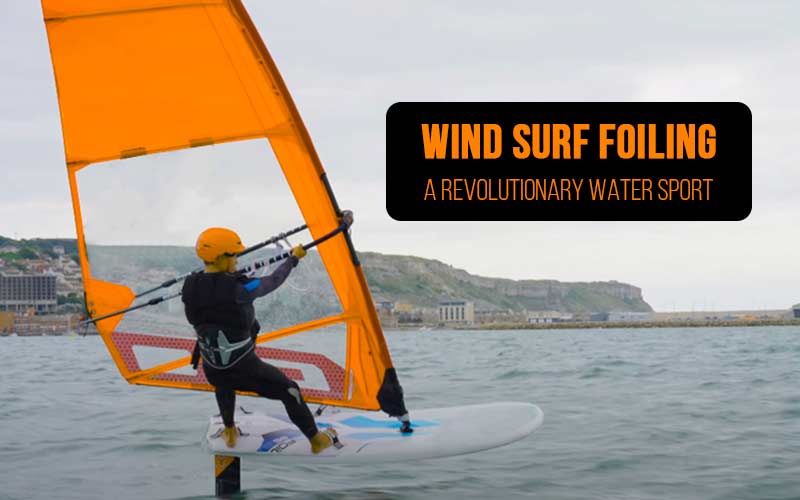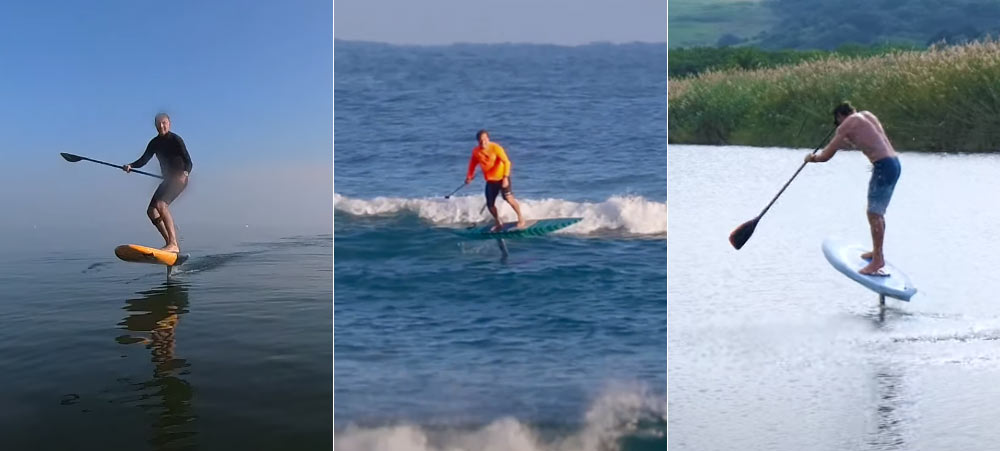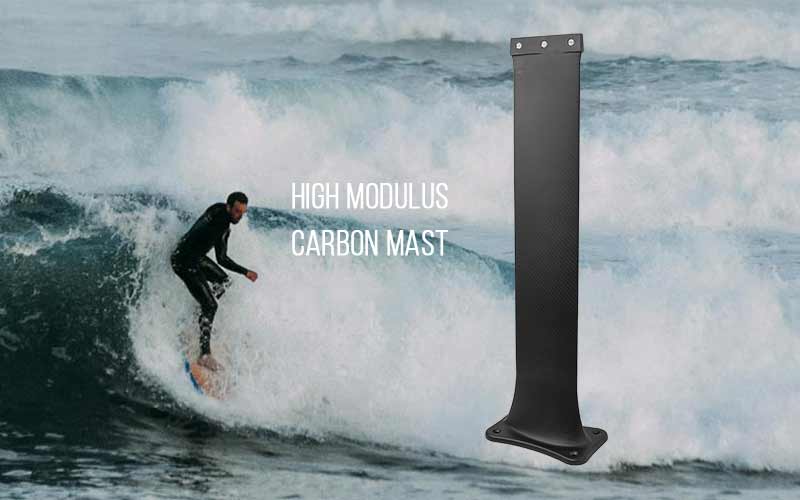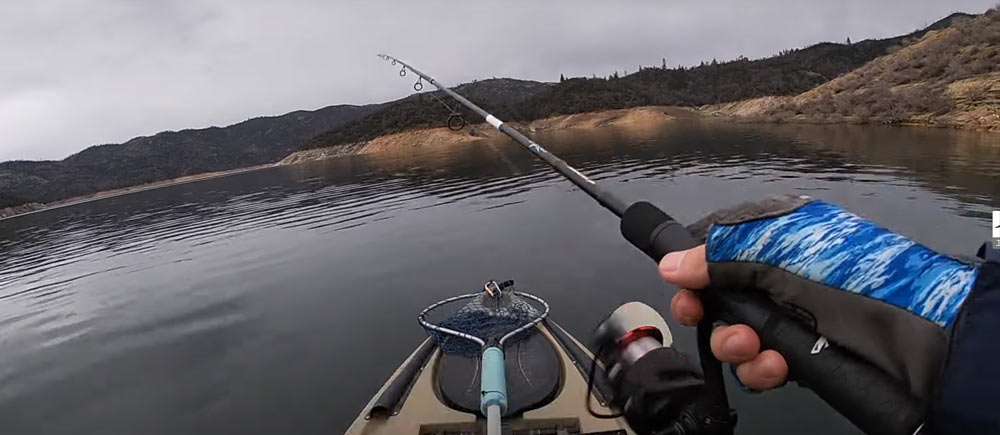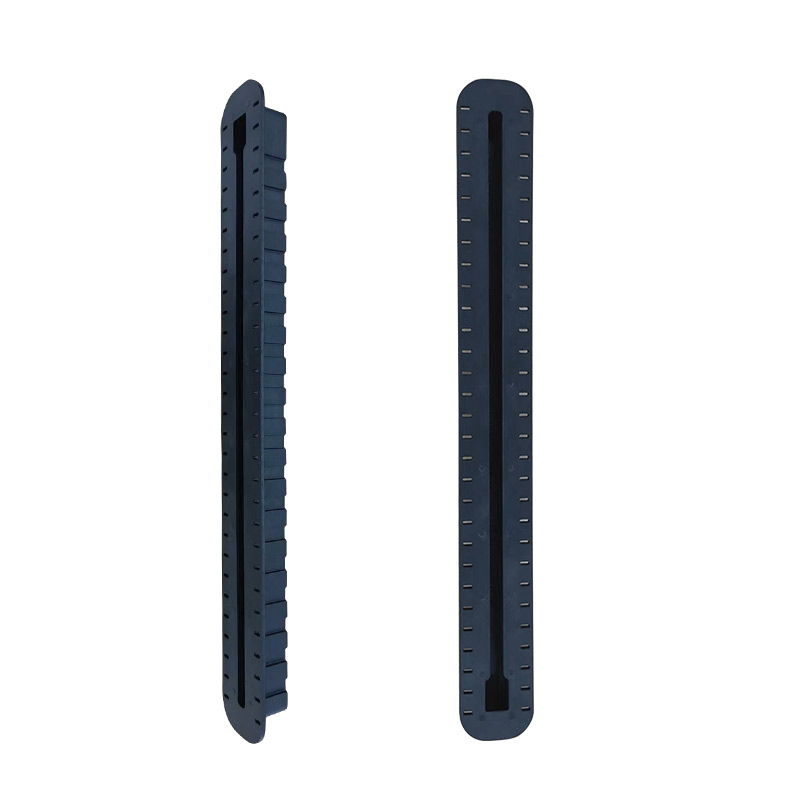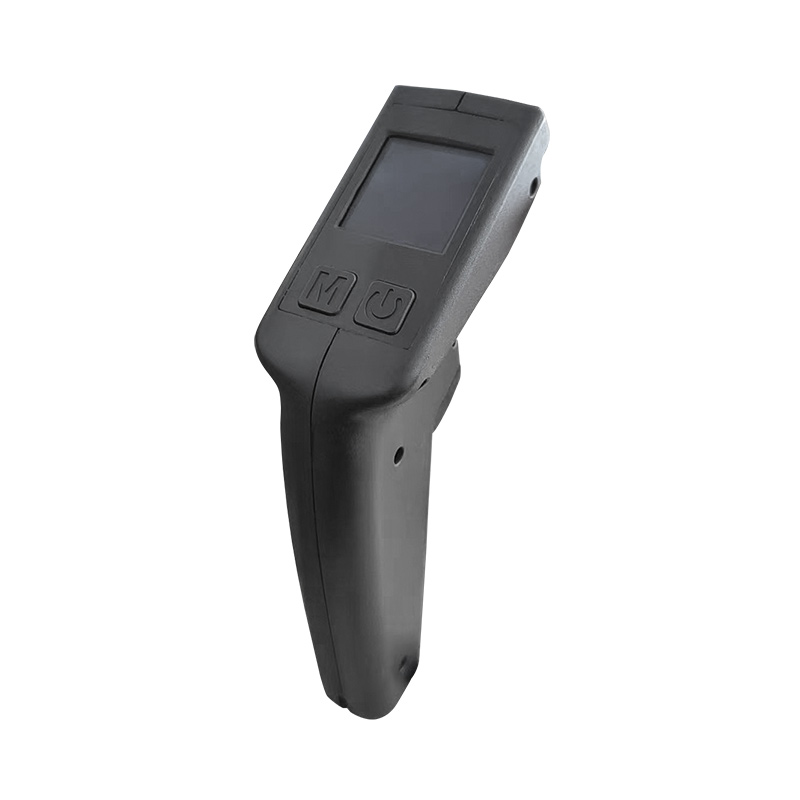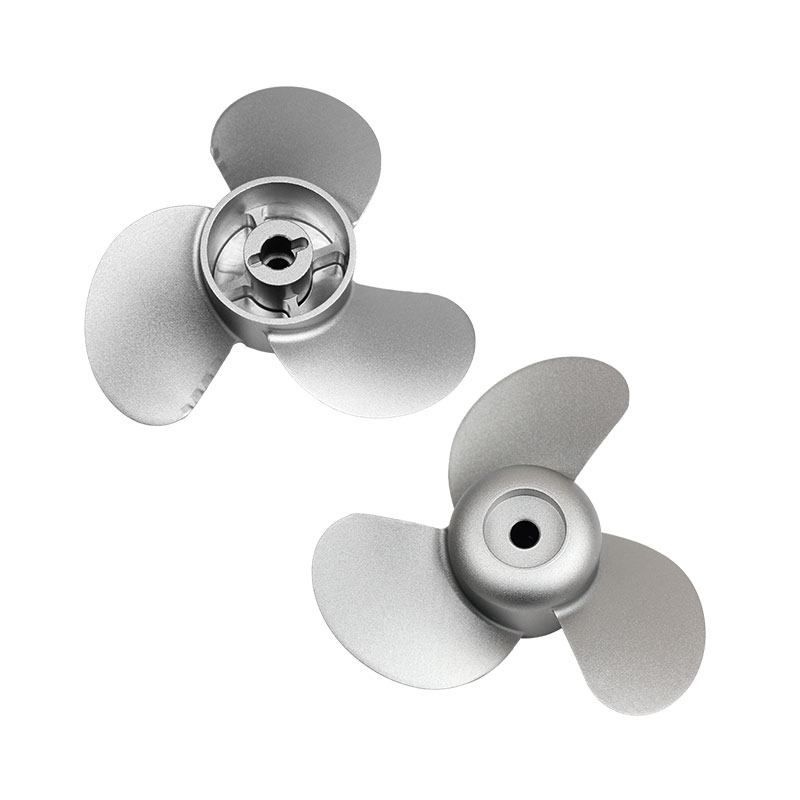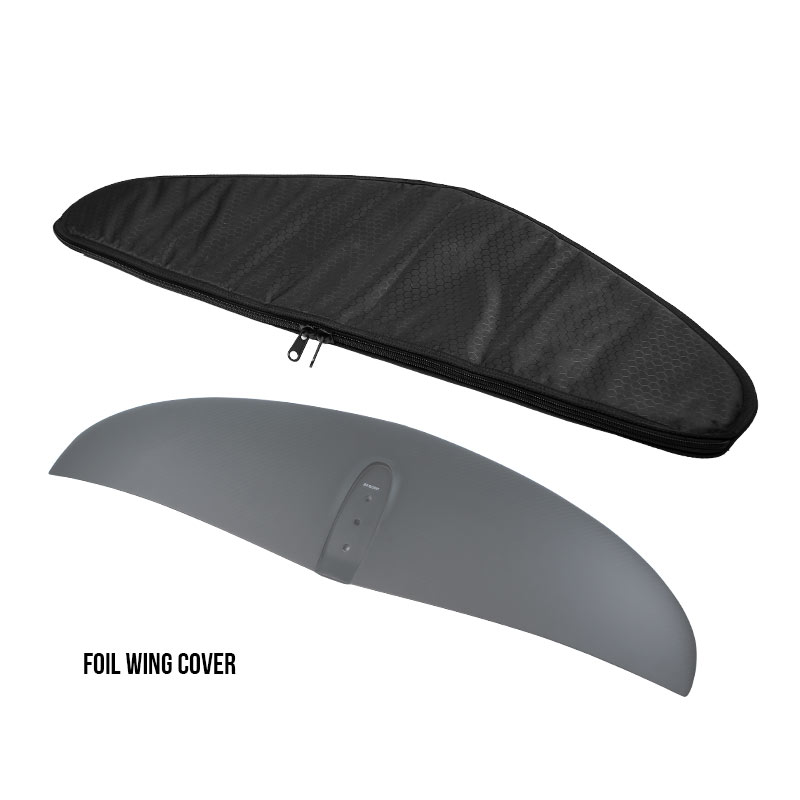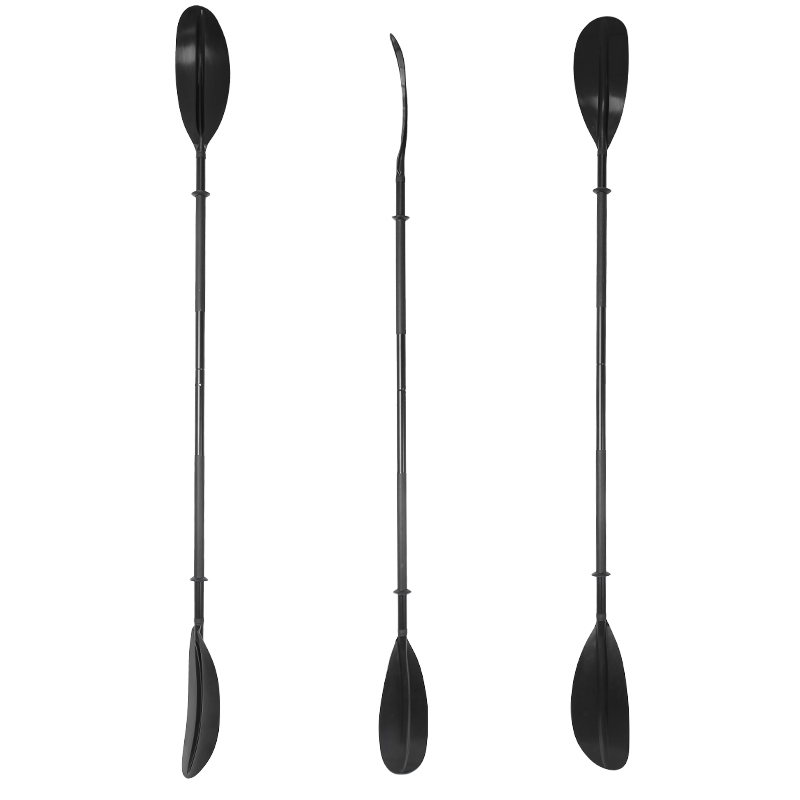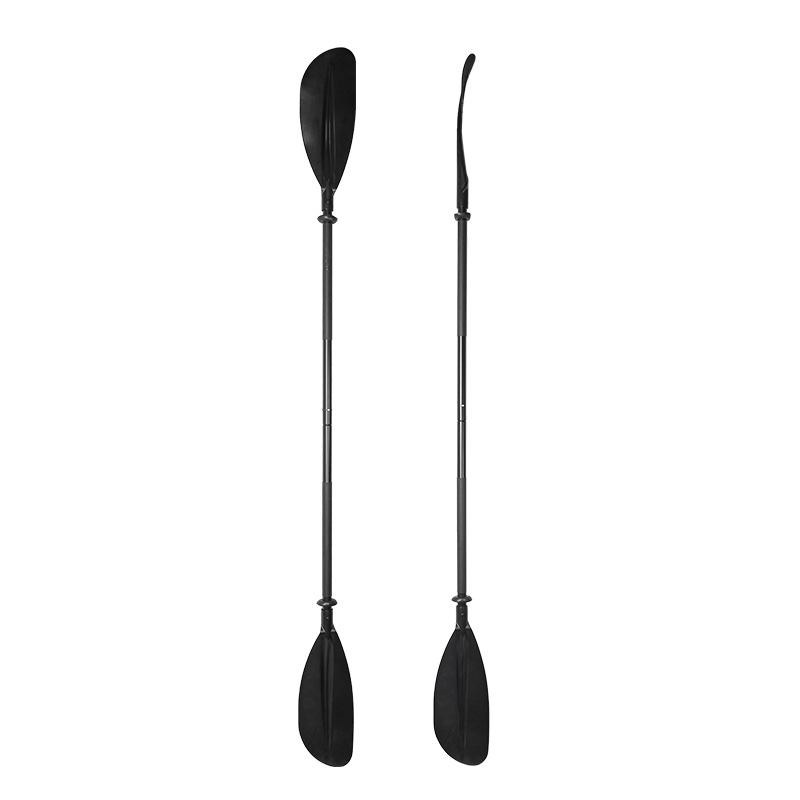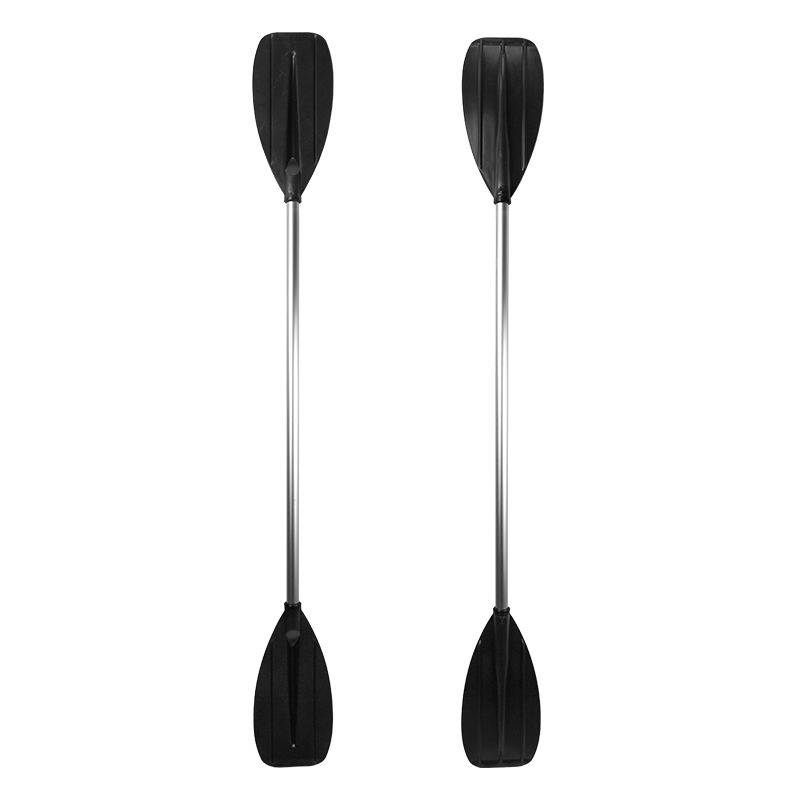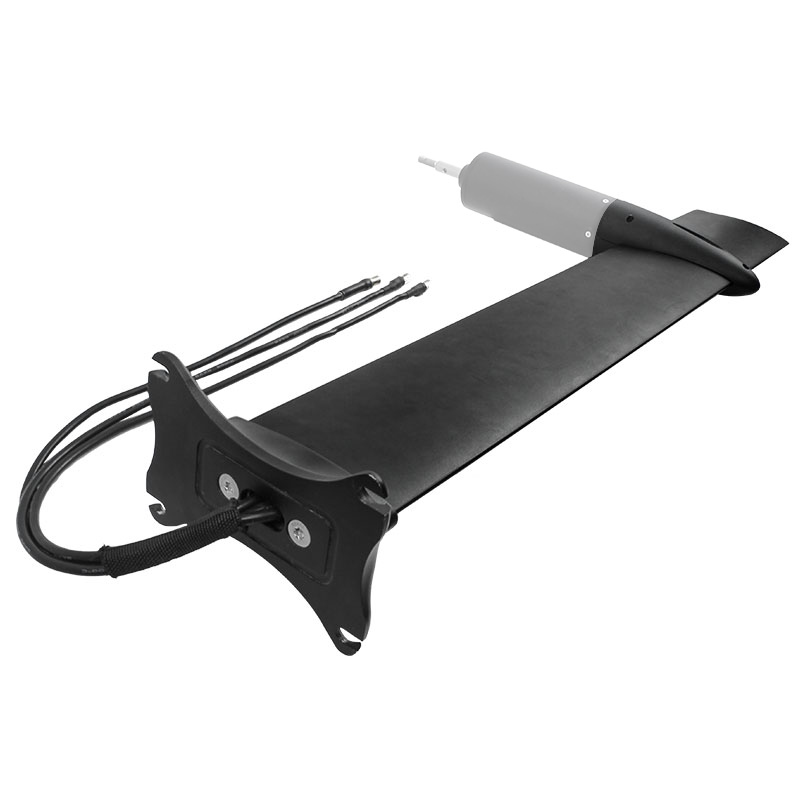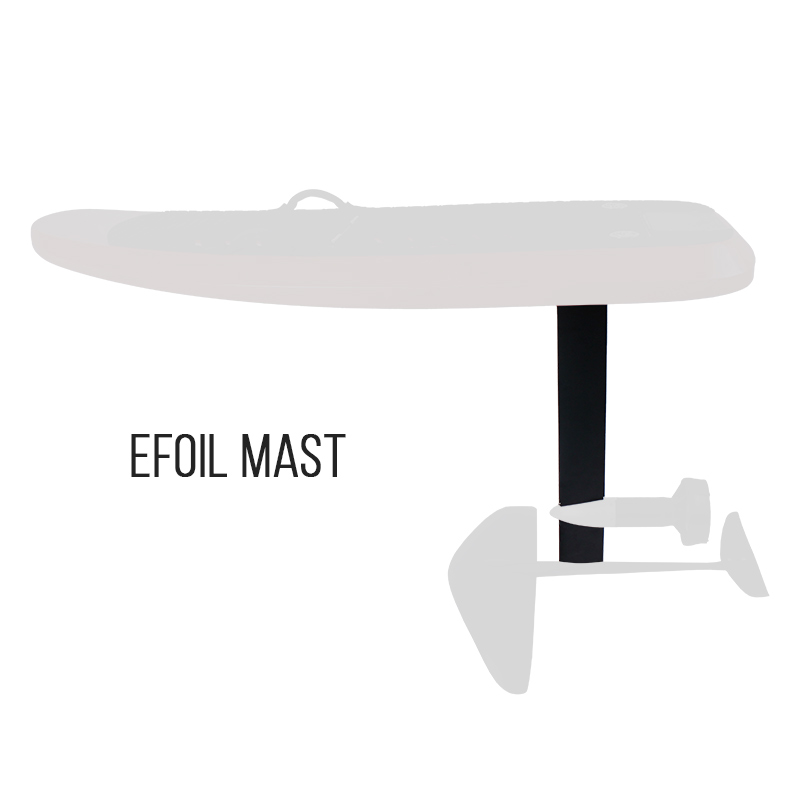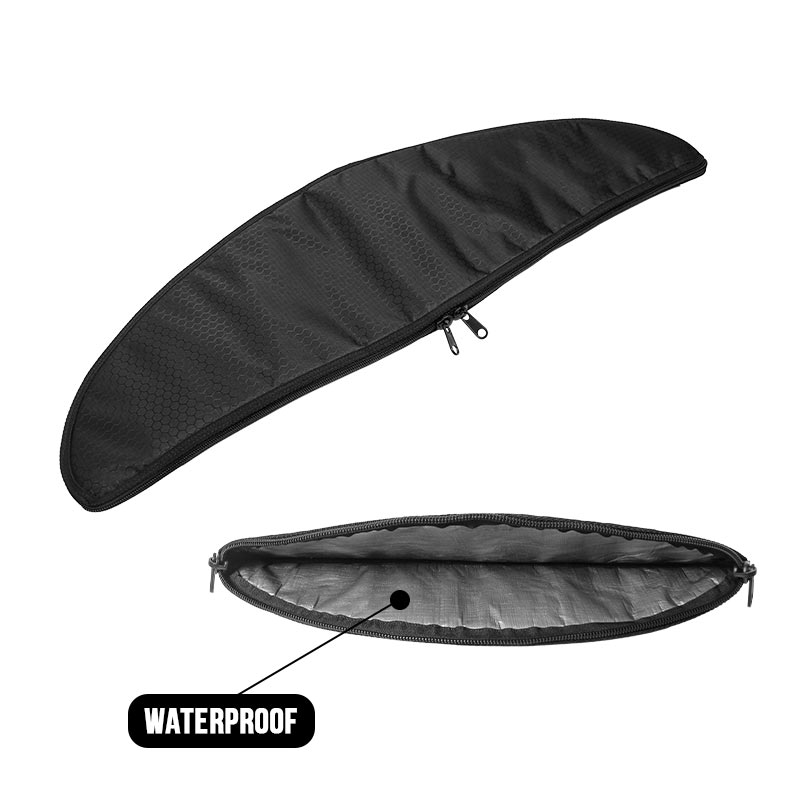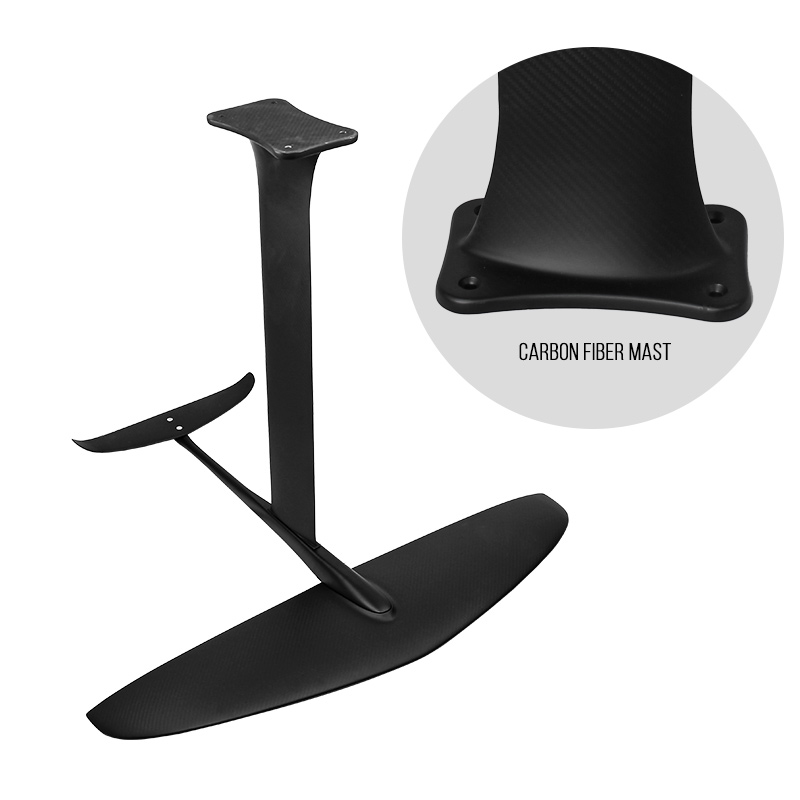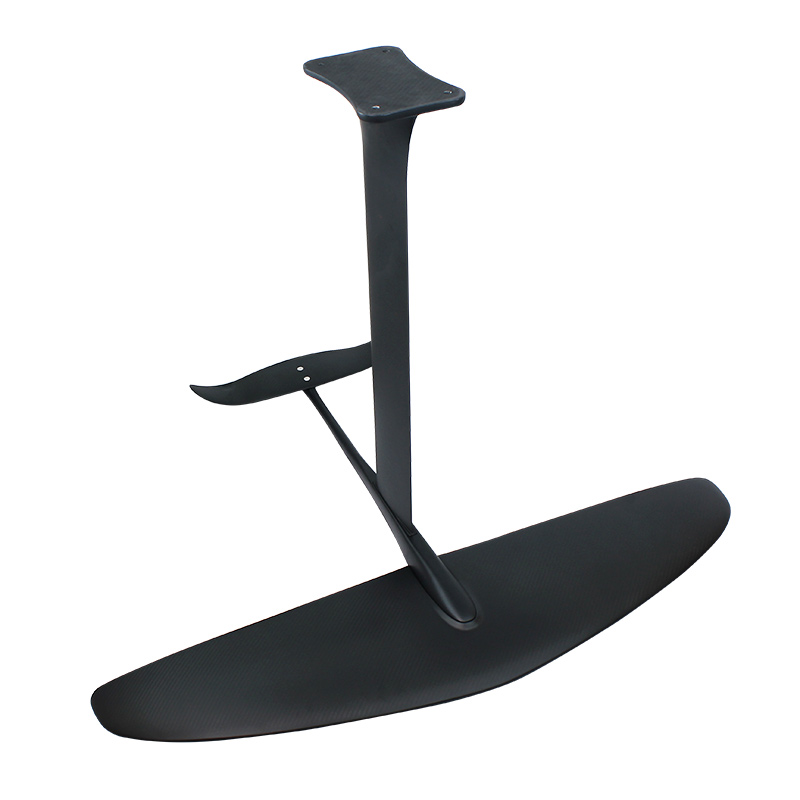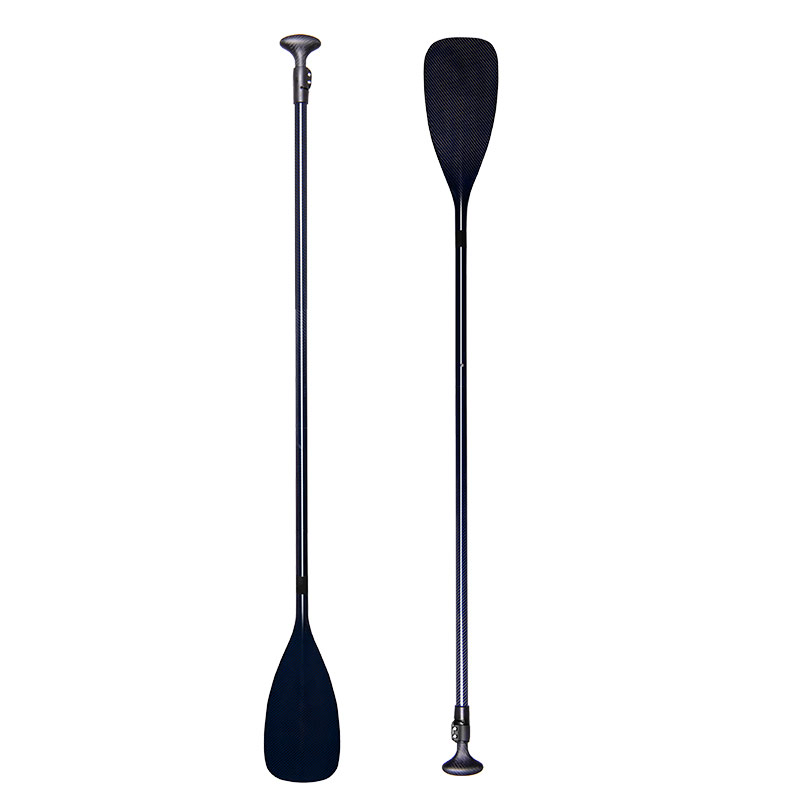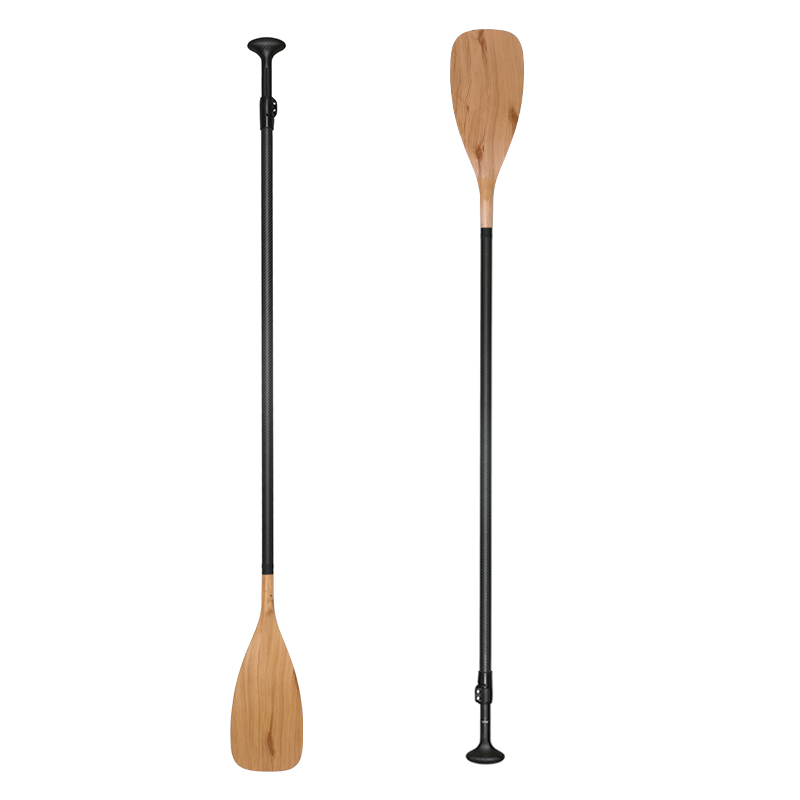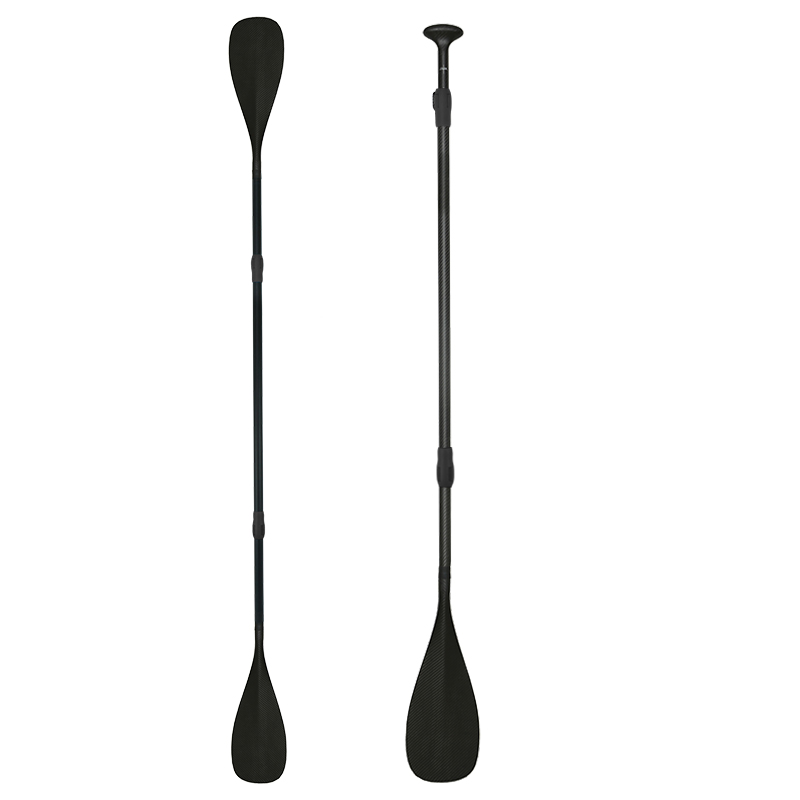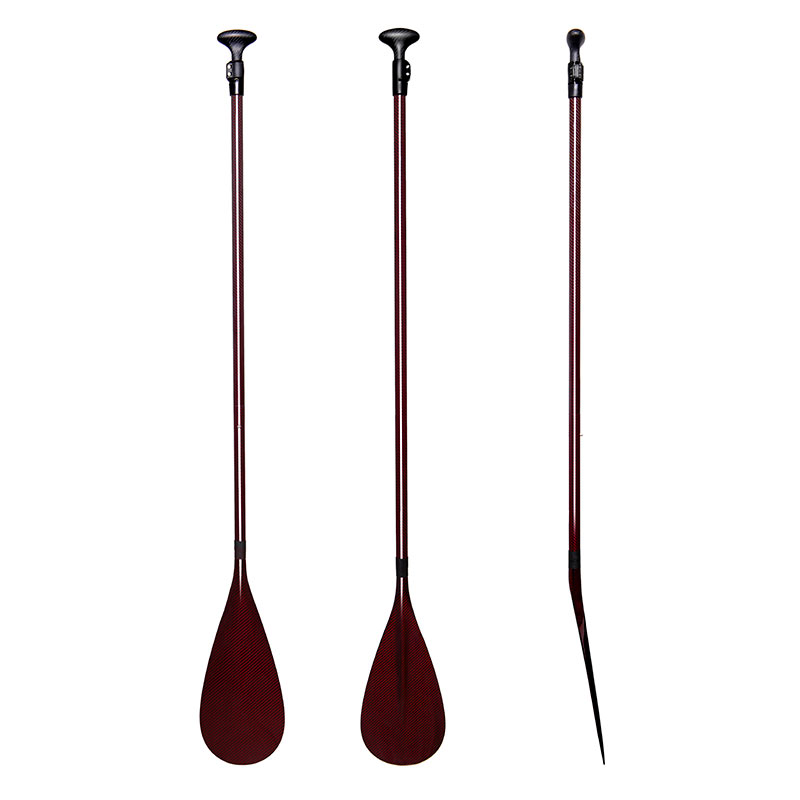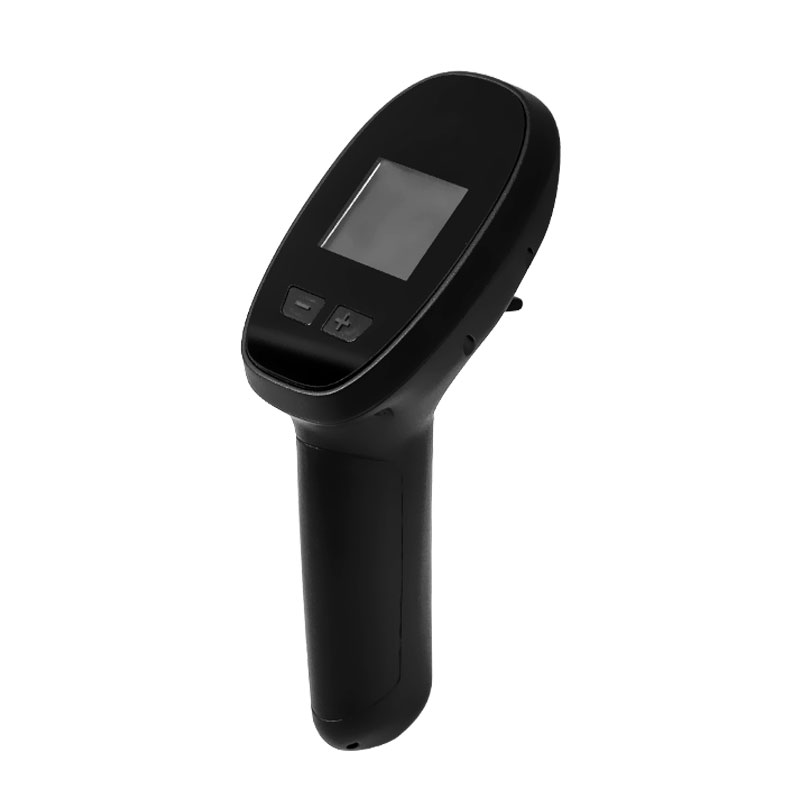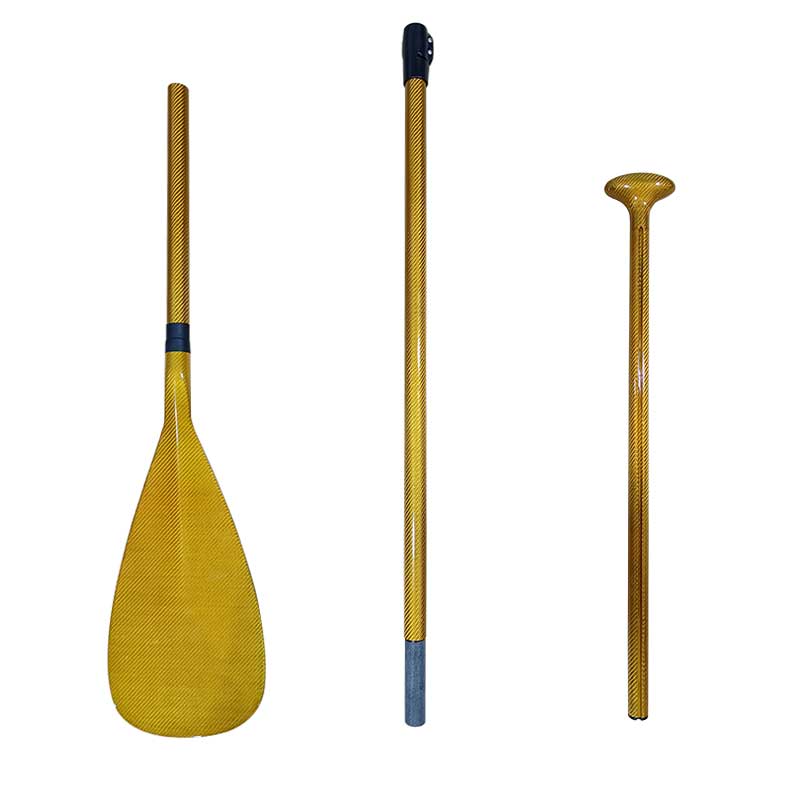This article will tell what is a kayak wing paddle, how it works, the application, and so on. It aims to help the kayak beginner to understand it more. Before introducing it, let us show you the common type of paddle.
And, Unity Sports is a surfing product manufacturer of kayak paddles, sup paddles, hydrofoils, foil boards, wakeboards, efoil, etc. If you are interested in the price and product information. Welcome to contact us for more details. Thank you.
The Main Types Of Kayak Paddle
There are two main types of kayak paddles: whitewater kayak paddles and recreational or touring kayak paddles. Whitewater paddles are designed for power and durability, with relatively short lengths (generally from 190 cm to 204 cm) to enable quick maneuvering in challenging river conditions. On the other hand, recreational or touring kayak paddles, the most common type, typically feature Euro-style blades and are longer, ranging from 210 to 260 cm. Additionally, there are less common types of touring paddles, such as the Greenland paddle, which features longer and narrower blades designed for extreme efficiency over long hours and days on the water.
Kayak paddles also come in different shaft styles. The most common is the straight shaft paddle, while bent shaft paddles are designed to help align the wrists better with each stroke, providing increased ergonomics, especially for paddlers spending extended periods on the water.
However, there is also another type of kayak paddling which is the kayak wing paddle. It also can be called the kayak racing paddle because it is often used in racing kayaks due to its design, which creates “lift” when moved sideways through the water, similar to an airplane’s wings.
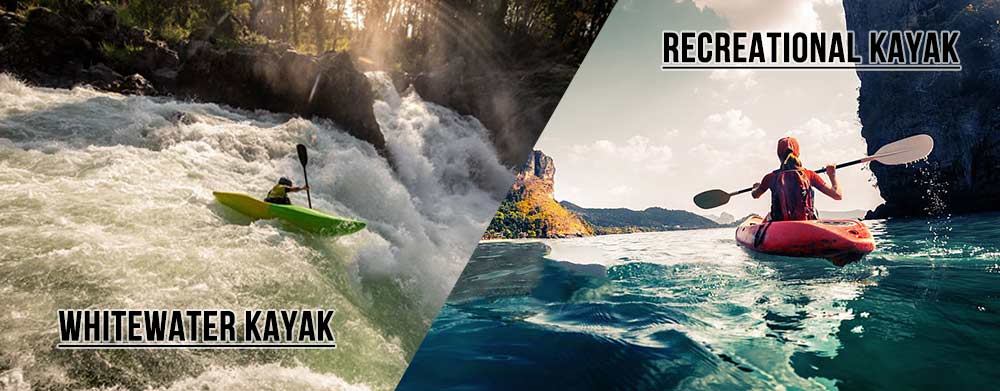
The Kayak Wing Paddle
A kayak wing paddle is a specialized type of paddle designed for specific water and kayak conditions. Its unique design, resembling an airplane wing, creates “lift” when moved sideways through the water, propelling the kayak forward.
This design is particularly suitable for craft designed for speed in a straight line, such as racing kayaks, surfskis, or touring kayaks, especially on flat water or the open ocean. The wing paddle’s movement through the water is optimized for efficiency and better use of body biomechanics during the forward paddling stroke, making it a valuable tool for serious paddlers looking to maximize their performance on the water.
The wing blade kayak paddle should only be used in conditions and with a craft that allows for making primarily forward strokes, as it is specifically designed for this purpose. When used correctly, the wing paddle can increase efficiency by about 3-5%, resulting in greater speed. It’s important to note that the wing paddle is most effective when used with good technique for the forward stroke, and it may not be suitable for other types of paddling strokes. Therefore, the kayak wing paddle is a specialized tool tailored to specific kayaking activities and water conditions, particularly emphasizing the forward paddling stroke for increased efficiency and speed.
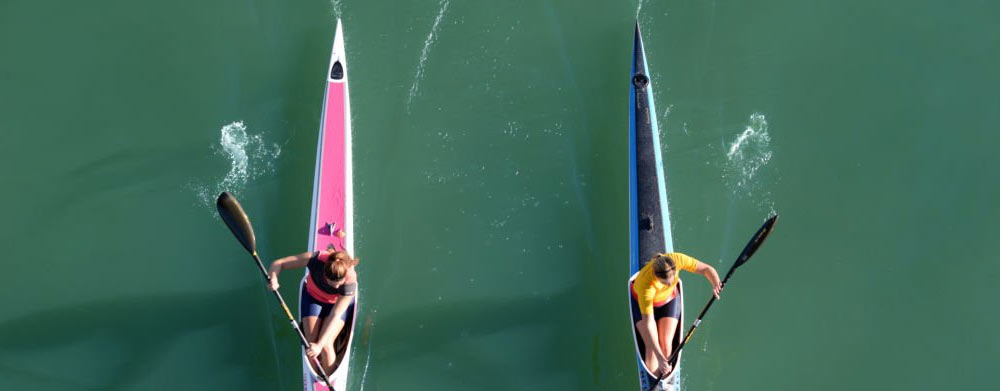
How to paddle it?
The most important is that it’s essential to focus on the proper technique to maximize efficiency and performance. Here are some tips to paddle a kayak wing paddle following for your reference.
- Paddle Strokes per Minute: Guidelines for racing kayaks suggest 76-82 paddle strokes per minute for men and 74-80 for women at distance speed
- Paddle Angle: For an effective wing paddle technique, bring the pushing hand (upper hand) to the level of your eyes or forehead. The kayak wing paddle angle is usually between 45° and 70° for racing kayaks.
- Blade Size: The size of the paddle blades should be suitable to prevent excessive lactic acid buildup during paddling
- Shaft Stiffness: The stiffness of the paddle shaft is an important consideration, with soft shafts recommended for surfskis and sea kayaks
- Paddle Length: The correct paddle length is crucial for racing and fitness kayaks. The best formula to calculate the correct length for a racing kayak wing paddle is (252 + body length in cm) ÷ 2 = paddle length in cm
- Technique: Engage in a steep paddling technique for racing and fitness kayaks, which primarily means a higher pushing hand when paddling. This technique generally requires a slightly shorter paddle than paddling with a lower angle.
- Propulsion: When paddling, ensure that your fingertips are the first to enter the water, followed by your wrist and elbow, to avoid unnecessary drag and maximize propulsion.
By focusing on these elements, paddlers can optimize their technique and equipment to achieve efficient and powerful strokes with a wing-blade paddle, ultimately enhancing their performance in competitive kayaking.
Advantages and Disadvantages
Generally, the kayak wing paddle offers advantages in terms of efficiency, speed, and forward stroke advantage, particularly in activities that prioritize forward propulsion. However, it has limitations in terms of versatility, potential fatigue, and dependency on proper technique for optimal performance.
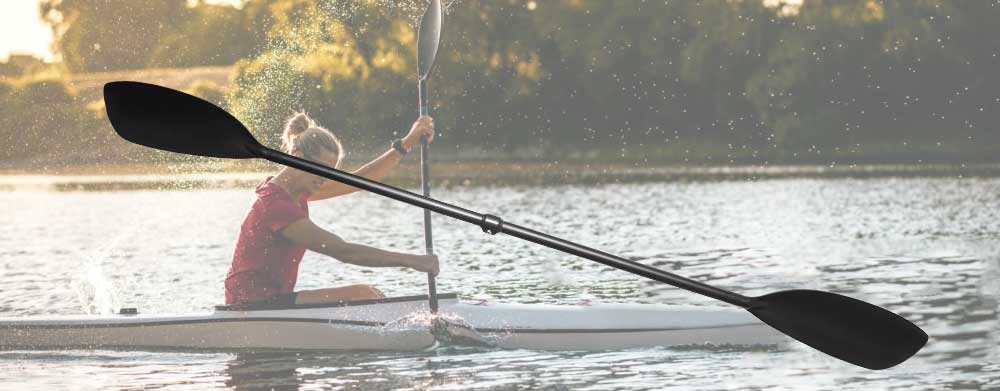
Kayak Wing Paddle Advantages
- Efficiency and Speed: The wing paddle’s design creates a “lift” when moved sideways through the water, propelling the kayak forward. This can lead to increased efficiency and speed, particularly in racing and touring kayaks designed for speed in a straight line on flat water or the open ocean
- Forward Stroke Advantage: The wing paddle provides an advantage to forward paddling strokes, making it suitable for activities that primarily require forward propulsion, such as racing and fitness kayaking.
- Grip and Water Engagement: Paddlers often appreciate the way wing paddles grip the water, especially in fast sea kayaks, where flat blades may feel “under-geared” or as if they “slip”.
Kayak Wing Paddle Disadvantages
- Limited Versatility: Wing paddles are often less effective for turning strokes and support strokes, and they may not lend themselves well to slicing strokes or certain maneuvering techniques. This makes them less suitable for activities that require a wide range of paddling strokes, such as whitewater kayaking or paddling in rough water conditions
- Fatigue and Grip Downsides: The grip that is characteristic of wing paddles can become a downside when paddling a sea kayak, as the blades can feel as if they have been set in concrete or suddenly doubled in size, potentially leading to fatigue over extended paddling sessions
- Technique Dependency: Wing paddles require a certain pace and proficiency with the forward stroke to be effective. If the forward stroke technique becomes sloppy, the efficiency of the wing paddle may decrease, potentially impacting performance
Summary
The kayak wing paddle is a specialized paddle designed for activities that require speed and efficiency in a straight line, such as racing kayaks, surfskis, or touring kayaks, especially on flat water or the open ocean. Its unique design, resembling an airplane wing, creates “lift” when moved sideways through the water, propelling the kayak forward. This design is optimized for efficiency and better use of body biomechanics during the forward paddling stroke.
The wing paddle’s movement through the water means strokes enter close to the boat, at the paddler’s feet, then are pulled diagonally towards the stern, emphasizing the vertical entry and exit of the blade during the stroke. The wing paddle is most effective when used with good technique for the forward stroke and may not be suitable for other types of paddling strokes. While it offers advantages in terms of efficiency, speed, and forward stroke advantage, it has limitations in terms of versatility, potential fatigue, and dependency on proper technique for optimal performance.
The choice of material for a kayak wing paddle includes carbon fiber, fiberglass, and hybrid construction, each offering different characteristics in terms of weight, durability, and performance. Ultimately, the kayak wing paddle is a specialized tool tailored to specific kayaking activities and water conditions, particular

